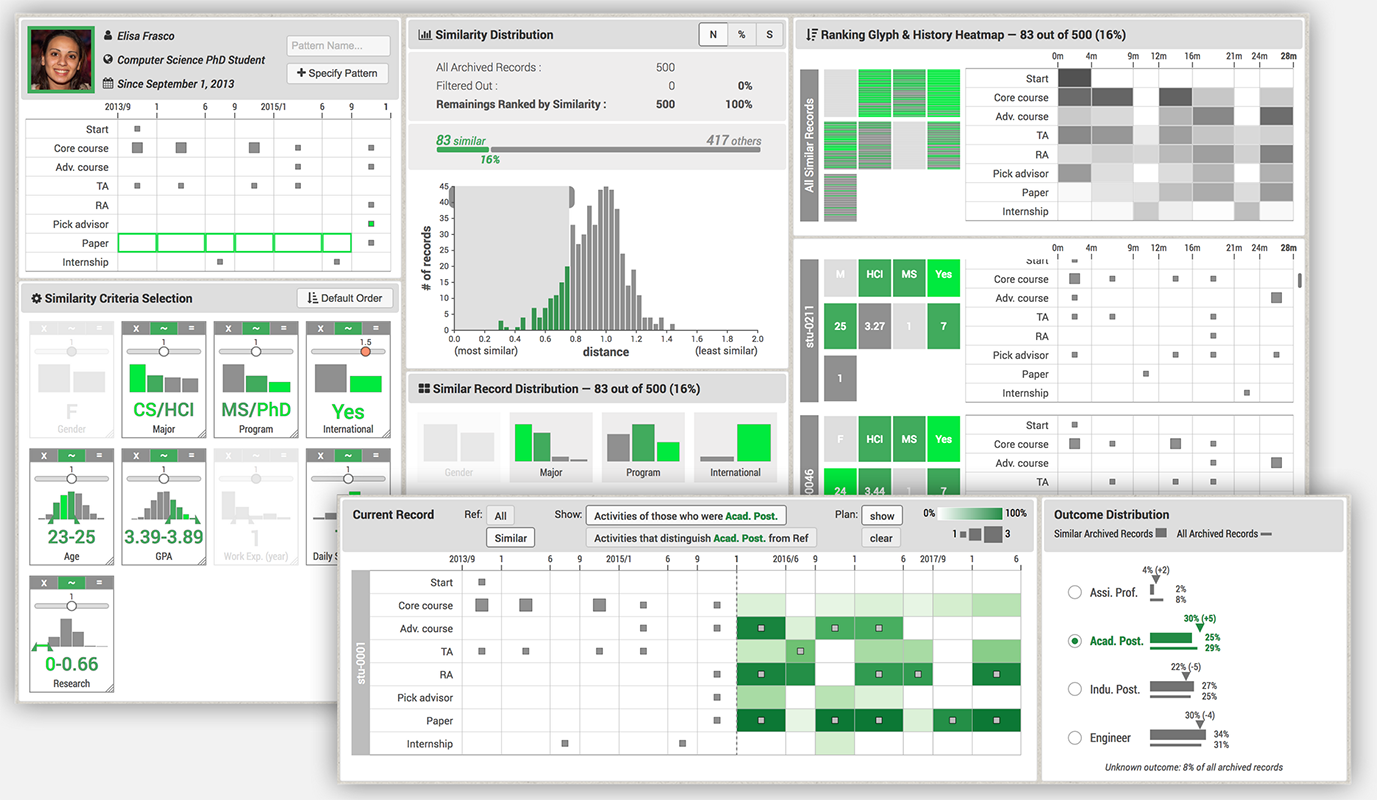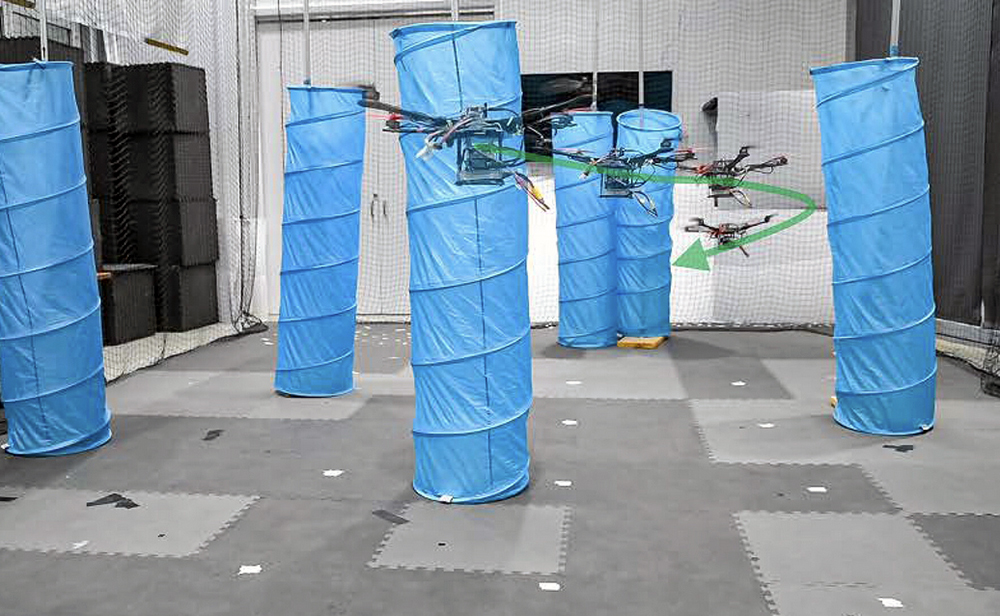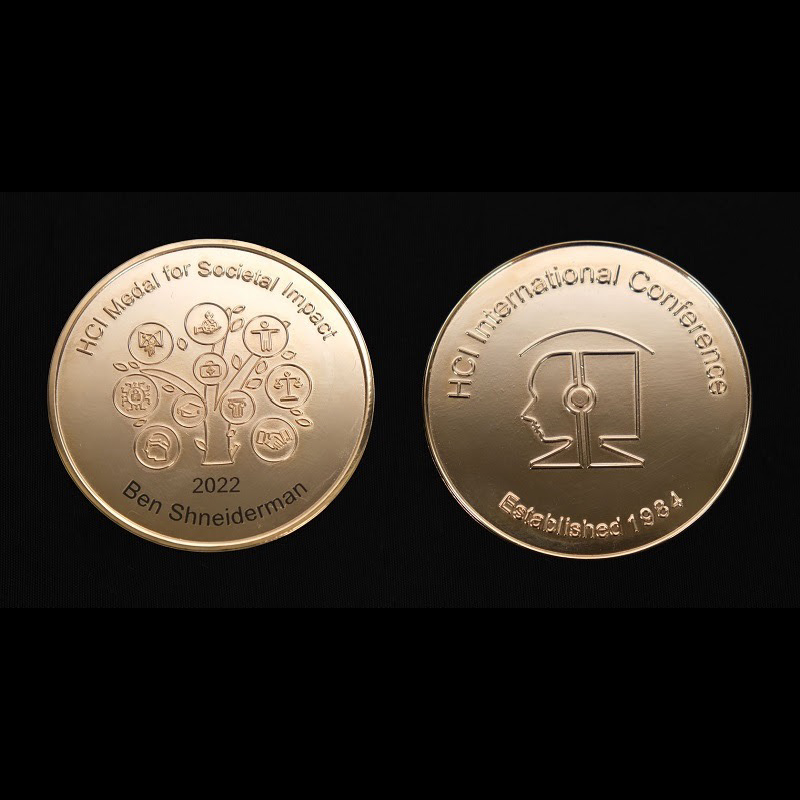News Story
New EventAction interface improves recommender systems

People use recommender systems to improve their decisions; for example, item recommender systems help them find films to watch or books to buy. Despite the ubiquity of item recommender systems, they can be improved by giving users greater transparency and control. A new interface developed at the University of Maryland could one day help decisionmaking in student advising, treatment formulating, customer retention and sports coaching.
EventAction: A Visual Analytics Approach to Explainable Recommendation for Event Sequences, a paper describing a new prescriptive analytics interface, appears in the August 2019 ACM Transactions on Interactive Intelligent Systems (TiiS), Volume 9 Issue 4. EventAction was developed in the Human Computer Interaction Laboratory; the paper’s authors are Ph.D. candidate Fan Du (CS), Research Scientist Catherine Plaisant (UMIACS), Associate Professor Neil Spring (CS), Ph.D. student Kenyon Crowley (iSchool), and ISR-affiliated Distinguished University Professor Emeritus Ben Shneiderman (CS/UMIACS).
The paper develops and assesses interactive strategies for transparency and control, as applied to event sequence recommender systems, which provide guidance in critical life choices such as medical treatments, careers decisions, and educational course selections. Its main contribution is the use of both record attributes and temporal event information as features to identify similar records and provide appropriate recommendations.
While traditional item recommendations are based on choices by people with similar attributes, such as those who looked at this product or watched that movie, EventAction’s event sequence recommendation approach allows users to select records that share similar attribute values and start with a similar event sequence. Then users see how different choices of actions and the orders and times between them might lead to users’ desired outcomes.
The paper applies a visual analytics approach to present and explain recommendations of event sequences. It presents a workflow for event sequence recommendation that is implemented in EventAction and reports on three case studies in two domains to illustrate the use of generating event sequence recommendations based on personal histories. It also offers design guidelines for the construction of user interfaces for event sequence recommendation and discusses ethical issues in dealing with personal histories.
EventAction presents and explains recommendations of temporal event sequences. It provides a visual analytics approach to identify similar records, explore potential outcomes, review recommended temporal event sequences that might help achieve the users’ goals, and interactively assist users as they define a personalized action plan associated with a probability of success.
| View demonstration videos of EventAction |
Published August 20, 2019









